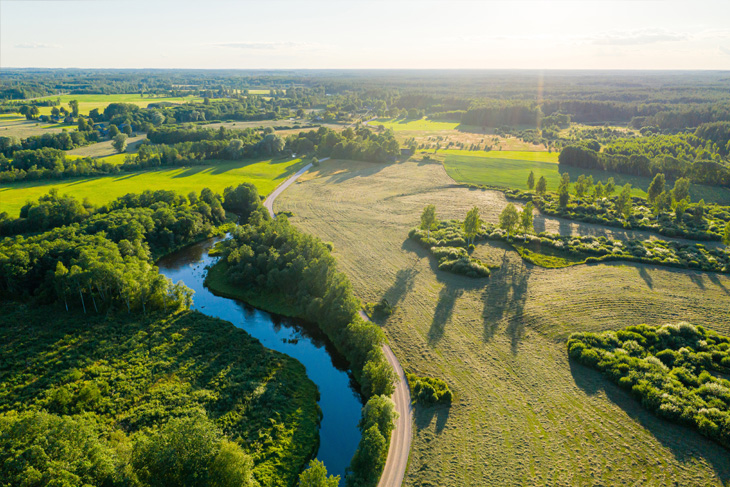
In the area of water management we deal with only three, but rather critical challenges – there is too little, or too much water or it is polluted. Those issues are usually interconnected, thus solving one may eventually deepen the other (like flood protection in cities based on efficient water outflow, what contributes to UHI and groundwater table drop). The shortage or surplus of water happen subsequently as a result of seasonal rainfall variation, problems with water distribution and use intensity. Shortage of water impacts soil structure making it less permeable, triggers wind erosion, deteriorates ecosystems acting as water storages: rivers, lakes, ponds, wetlands, forests and increases concentration of pollution in water bodies. Water overflow causes water erosion, washing out pollution, hydraulic impact on rivers. With increasing climate variation and more intense water use in agriculture, those processes will most probably intensify in next decades.
Under the increasing pressures and unpredictability of synergistic climate and anthropopressure impacts, technical and technological solutions have limited potential to support nature and the economy in the long term. The new solutions must be resilient, adaptable, multifunctional and multipurpose, of low cost / efficiency ratio. Well planned landscape, mosaic, with variety of habitats of fauna and flora, respecting wetlands and water bodies, may serve a lot of services at low or no costs to society. Importantly it does not generate any adverse effects, while increasing number of expected and unexpected benefits in long term.
Landscape is a matrix for best practices in water management

